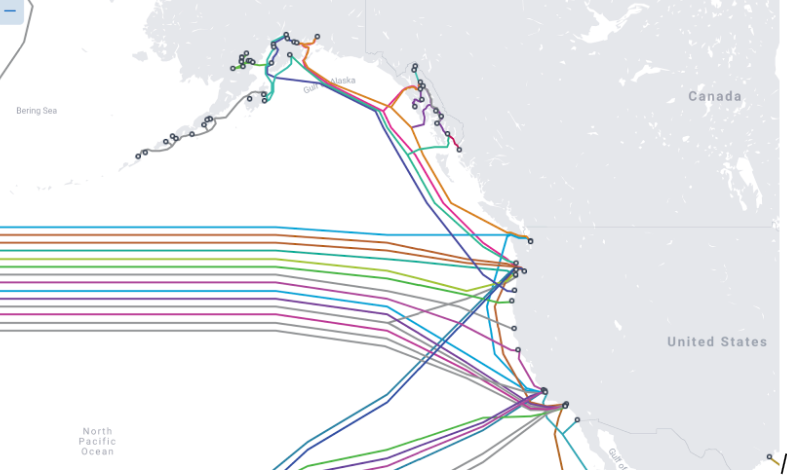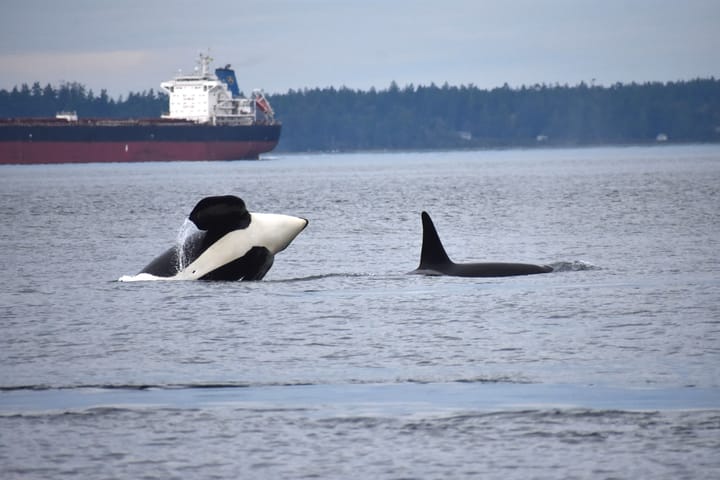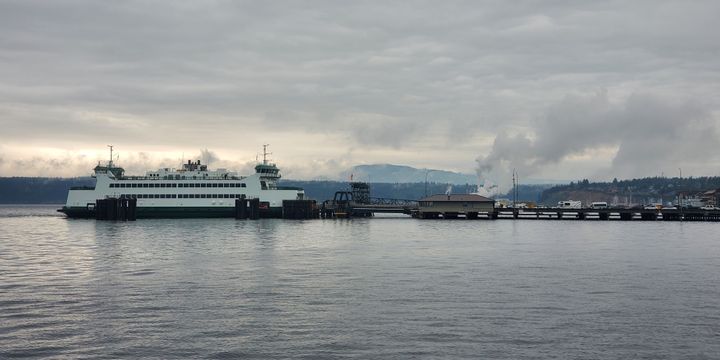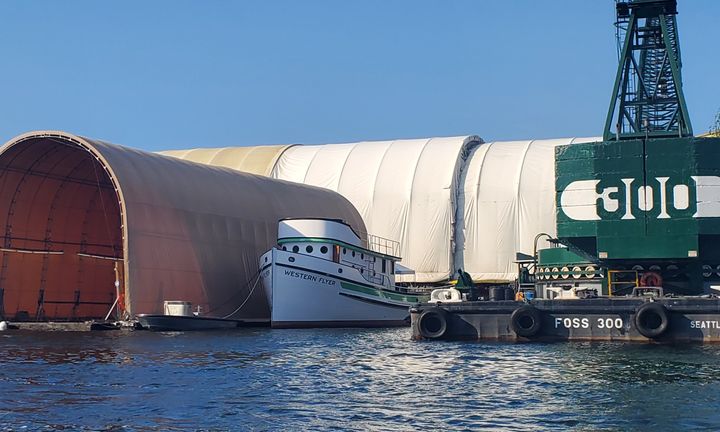Oregon’s undersea cables generate both collaboration and controversy

More than a dozen undersea cables extend from the Oregon and Washington coasts, crossing through miles of commercial fishing grounds. Far more data is transmitted, and more quickly, via these undersea cables than through satellite communications.
TeleGeography’s interactive undersea cable map shows the extent of these submarine cables. Selecting one of the cables will display the name, ready-for-service (RFS) year, cable length and landing points.
Of the 15 undersea cables landing along the Oregon and Washington coast, the oldest dates to 1999 and the newest went into service this year. Also listed are the owners with tech companies including Microsoft, Amazon Web Services, Google and Facebook joining telecom giants as partial owners in recent years.
Jupiter, the latest undersea cable to come online, experienced two years of delays and became a controversial project by Facebook through its subsidiary Edge Cable Holdings. It all started when the social media giant purchased a waterfront lot in 2018 in the small coastal community of Tierra del Mar, Ore.
The cable project encountered technical, environmental, regulatory and community challenges. It even prompted new state regulations for future undersea cable projects in Oregon state. Even with the project finally completed, its lasting legacy may be one of distrust between coastal residents and the companies backing these undersea cables.
Facebook is a co-owner for three other West Coast undersea cables slated to come online by 2025, all of which will land in California.
More than 20 years ago, a different cable owner and another Oregon coastal community formed a partnership around the installation of undersea cables, heading off potential controversy.
The Oregon Coast is better known for its scenic drives, beaches and seafood than undersea cables. (Future Tides Photo/Cara Kuhlman)
Founded in 1998, the Oregon Fishermen’s Cable Committee (OFCC) is made up of commercial trawl fishermen whose board works with the submarine cable installers and owners. During the cable laying process, the Astoria, Ore.-based nonprofit helps identify cable routes and asks that companies contract member vessels to serve as patrol and guard boats while installing and burying the cable.
Facebook joined the OFCC in 2018, the same year it purchased the lot in Tierra del Mar, and worked with the group on the route for the Jupiter cable project. OFCC Chairman Scott McMullen told The Oregonian the group did not recommend the Tierra del Mar location for the cable landing.
The cables are buried immediately offshore but exposed for the majority of the route. For both existing and new cables, OFCC works with cable installers and owners to reduce the hazard of exposed cables in fishing grounds and to chart where cables are no longer buried.
For existing cables, OFCC coordinates with its members to prevent damage. The committee provides update charts and facilitates direct communication with cable companies. They also offer a sacrificed gear fund so if fishermen catch gear on a cable, they will more readily abandon it knowing they’ll be reimbursed and minimize their liability.
The group has also been enlisted to recover defunct cables, although many inactive cables are left on the seafloor.
In addition to commercial cable owners, OFCC works with scientific organizations for research and observation. OFCC could provide a model for the offshore wind industry as projects such as California’s Morro Bay Wind Energy Area continue to undergo review.
The other OFCC member companies are:
- General Communications, Inc. (GCI)
- Alaska Communications (ACS)
- Verizon
- Tata Communications
- Woods Hole Oceanographic Institution
- GU Holdings Inc. (Google)
- Microsoft Infrastructure Group, LLC.
- Hawaiki Submarine Cable USA LLC
More on undersea cables: The New York Times’ interactive feature “How the Internet Travels Across Oceans”



